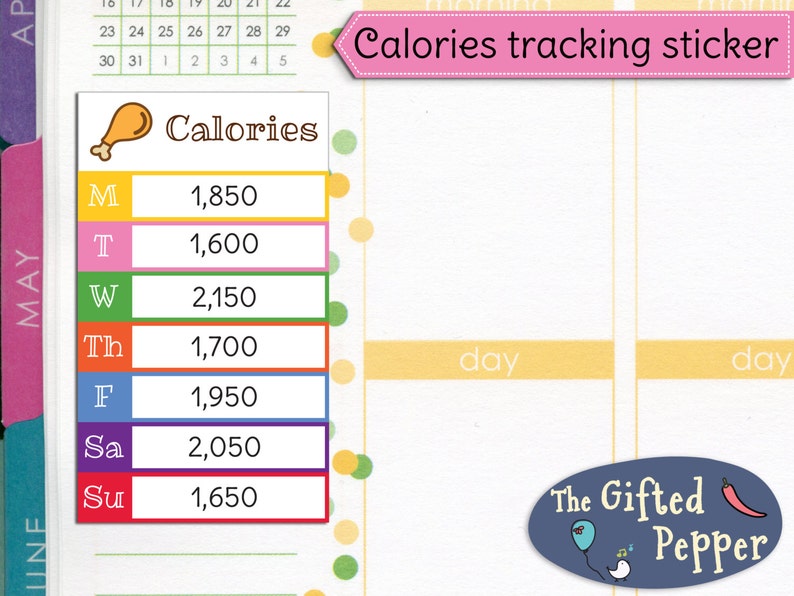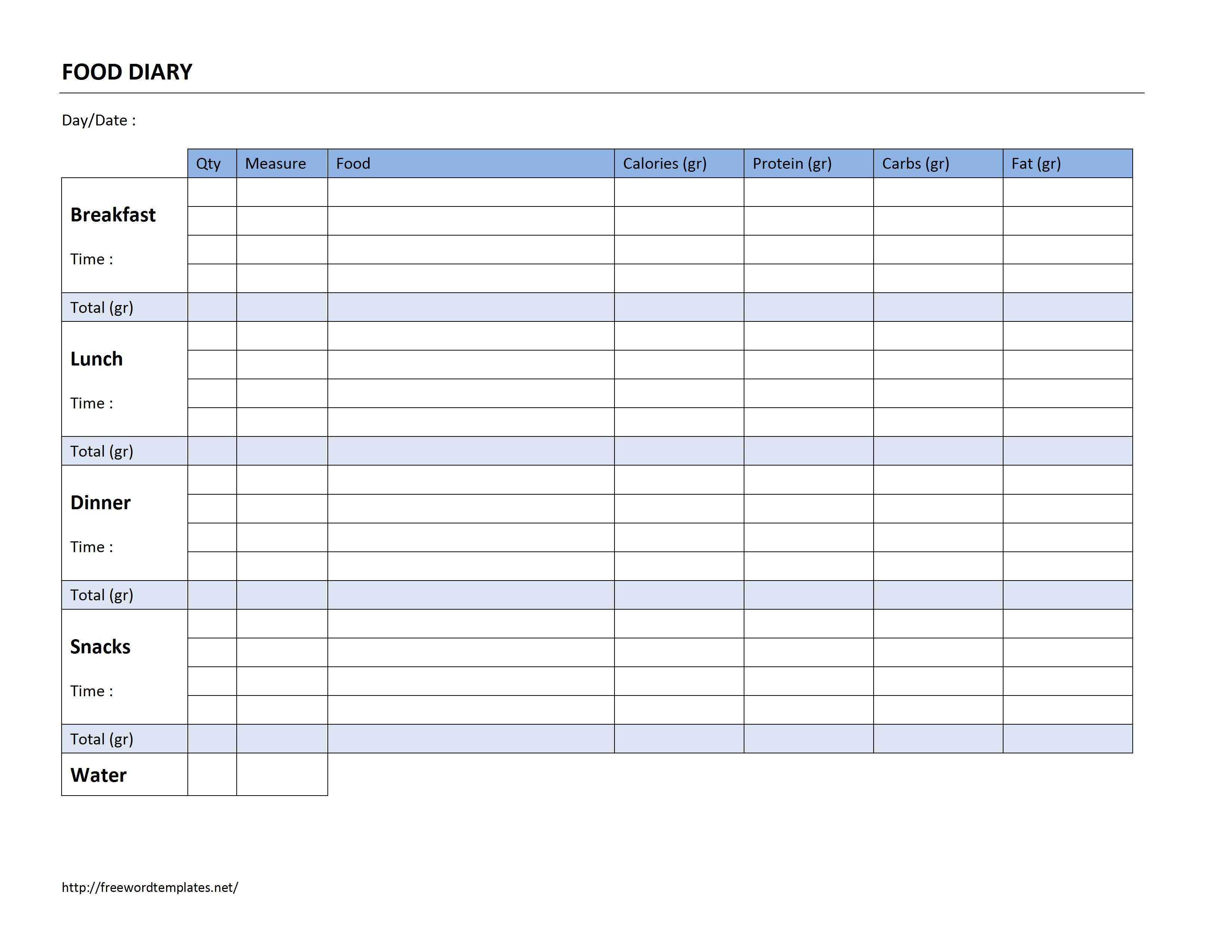

Use of nutritional supplements places the patient at risk for excess nutrient absorption and potential toxicity. Use of recreational drugs or alcohol places the patient at risk for insufficient nutrient intake and impaired nutrient absorption. Swallowing impairments place the patient at risk for decreased intake that may be insufficient to meet metabolic demands. For example, a history of anorexia or bulimia will put the patient at risk for vitamin, mineral, and electrolyte disturbances, as well as potential body image disturbances. Subjective information to obtain when completing a nutritional assessment includes age, sex, history of illness or chronic disease, surgeries, dietary intake including a 24-hour diet recall or food diary, food preferences, cultural practices related to diet, normal snack and meal timings, food allergies, special diets, and food shopping or preparation activities.Ī detailed nutritional assessment can also provide important clues for identification of risk factors for nutritional deficits or excesses. While a wealth of subjective information can be obtained through a chart review, it is important to verify this information with either the patient or family member because details may be recorded inaccurately or may have changed over time. Subjective assessment data is obtained by interviewing the patient as a primary source or a family member or caregiver as a secondary source. Subjective assessments include questions regarding normal eating patterns and risk factor identification. Assessment starts with reviewing the patient’s medical record and initiating a patient interview, followed by a physical exam and review of lab and diagnostic test results. AssessmentĪ thorough nutritional assessment provides information about an individual’s nutritional status, as well as risk factors for nutritional imbalances.

While we work hard to provide accurate and up-to-date information that we think you will find relevant, Forbes Health does not and cannot guarantee that any information provided is complete and makes no representations or warranties in connection thereto, nor to the accuracy or applicability thereof.Now that we have discussed basic nutritional concepts, dietary guidelines, and factors affecting nutritional status, let’s apply the nursing process to this information when caring for patients. The compensation we receive from advertisers does not influence the recommendations or advice our editorial team provides in our articles or otherwise impact any of the editorial content on Forbes Health. Second, we also include links to advertisers’ offers in some of our articles these “affiliate links” may generate income for our site when you click on them. This site does not include all companies or products available within the market. The compensation we receive for those placements affects how and where advertisers’ offers appear on the site. First, we provide paid placements to advertisers to present their offers.

This compensation comes from two main sources.
Template for a a daily calorie tracker for free#
To help support our reporting work, and to continue our ability to provide this content for free to our readers, we receive compensation from the companies that advertise on the Forbes Health site. The Forbes Health editorial team is independent and objective.


 0 kommentar(er)
0 kommentar(er)
